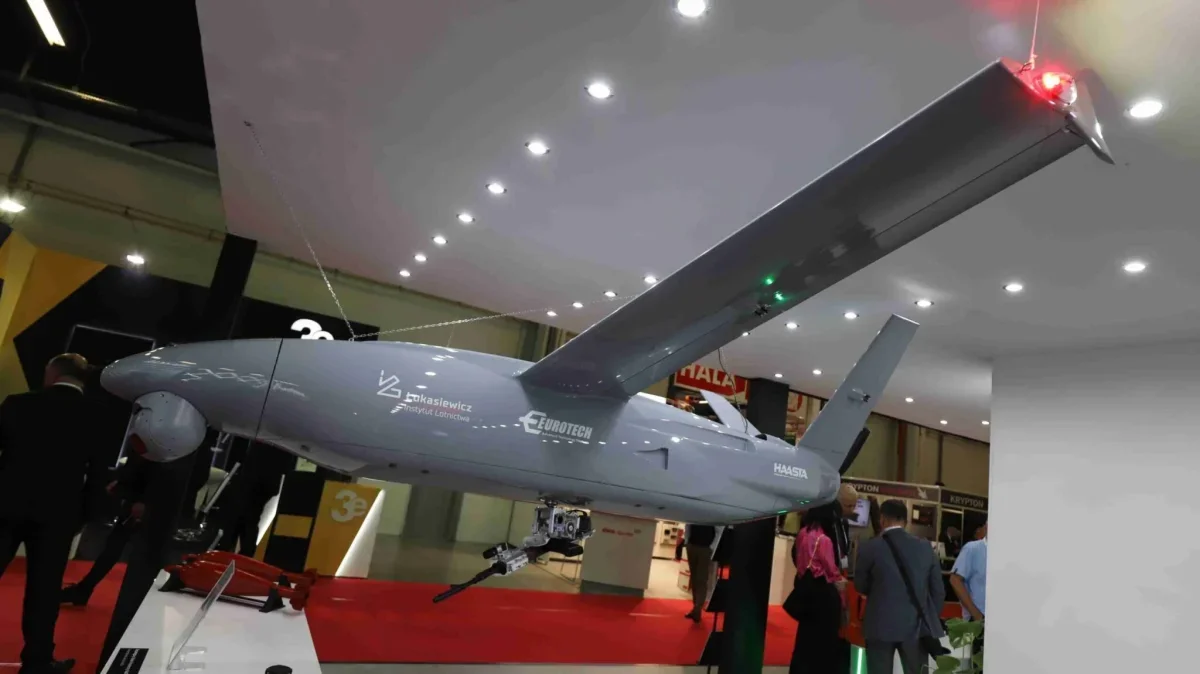According to representatives from the Institute of Aviation, the aircraft has successfully undergone a series of flight tests.

The Polish government introduced a new concept of an armed unmanned aerial vehicle designed to counter small drones, known as HAASTA, at the annual MSPO exhibition, as reported by Sarbaz.kz with reference to Defence24.
In the announcement, the government stated that the design is based on "knowledge gained during recent years of combat operations."
Developed by the Lukasiewicz Institute of Aviation in collaboration with the Italian company EuroTech, the HAASTA aircraft has a wingspan of just under 4 meters, a length of 3 meters, and can carry a payload of up to 35 kilograms inside its compartment. A hybrid ICE-electric engine with a power output of 20 horsepower propels the aircraft, achieving speeds ranging from 120 to 270 kilometers per hour at an altitude of over six kilometers.
The system is designed for launch from an aerial launch platform and landing on skids or with a gliding parachute, eliminating the need for traditional airport infrastructure. The operational radius on paper is 30 km with standard radio communication, 80 km in a MESH system, or 170 km (LoS link with directional antennas). When connected to a satellite, the range is limited by fuel capacity, with a maximum service time of 10 hours.
The primary task of the drone will be to hunt for low-speed flying drones like the "Shahed," search for internal combustion engine exhausts, and, after positive identification, destroy the enemy target using a 5.45 mm machine gun mounted under the fuselage. In the future, there may be an option to arm the aircraft with a 7.62 mm or 12.7 mm UKM with a compartment for ammunition or alternatively with two 20-kilogram free-fall bombs in the fuselage.
However, this system may have other applications. Developers claim it has the ability to penetrate air defense systems, operate deep within enemy territory, and use swarm tactics to confuse air defenses. While the design has been showcased in its "fighter" configuration, Lukasiewicz also envisions potential civilian versions that could be used for long-distance linear infrastructure monitoring, cargo transport, or photogrammetry.
Currently, the concept is in the demonstration stage, and designers hope to attract customers in the future.